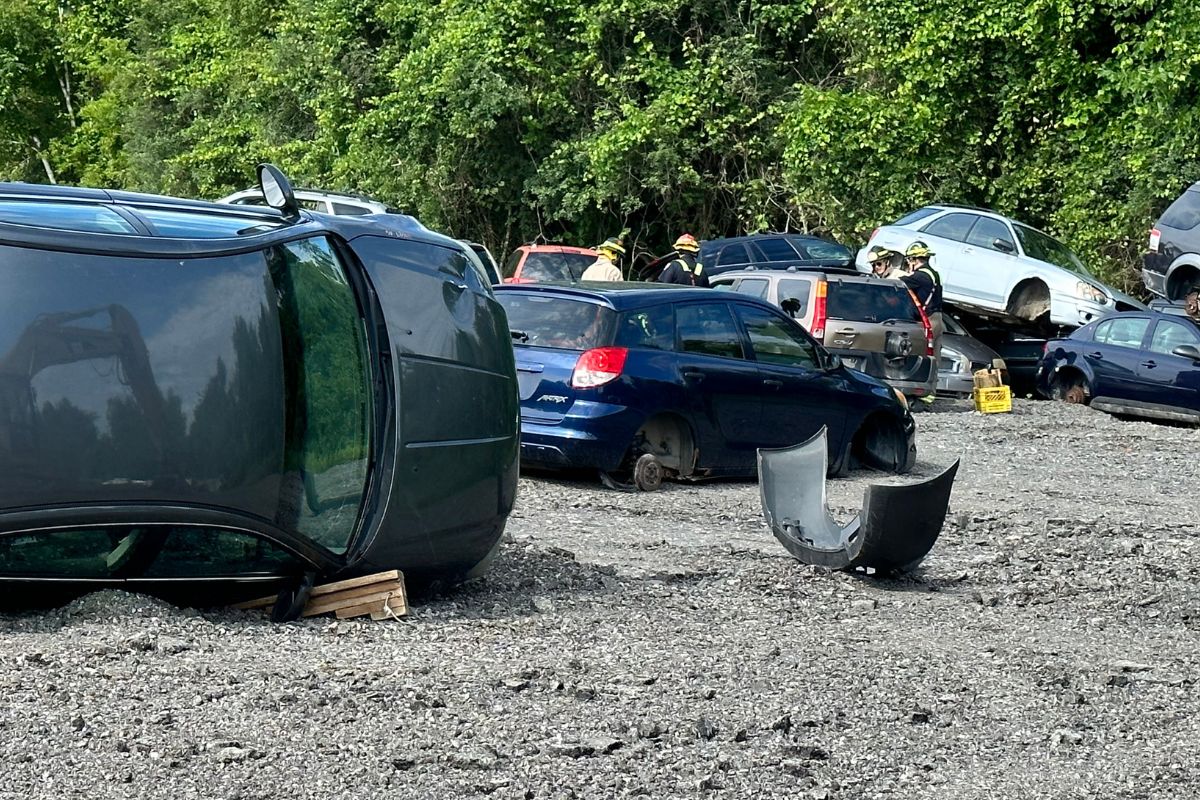Introduction
The world of car recycling is poised for a significant shift. As more vehicles reach the end of their life and newer electric and hybrid models become more common, traditional methods of dismantling and recycling are no longer sufficient. We need smarter systems that can handle complexity, recover more value, and reduce environmental harm. This is where robotics, artificial intelligence (AI), and connected systems come into play.
These technologies speed up operations, improve sorting accuracy, and unlock materials that were once too costly or difficult to reclaim. Continue reading to gain a clear understanding of how these technologies are evolving and what that means for the future of vehicle recycling.
Automated Dismantling Systems
What happens when a car is ready to be recycled? It must be drained of fluids, valuable or hazardous parts removed, and then broken down. Traditional methods rely heavily on manual labour. This makes operations slower, more expensive, and prone to error.
Now, advanced dismantling systems use robotics and AI to handle many of the steps. For example, DENSO Corporation is developing automated precision dismantling for end‑of‑life vehicles (ELVs). They use robots originally built for surgical support, adapting them to dismantle vehicles. These robots use AI recognition to identify parts, select the right tools, and operate with remarkable precision.
The benefits are clear. Robots can operate continuously, handle hazardous tasks (such as removing high-voltage parts from electric vehicles), and improve the rate of material recovery. For recycling yards, this means lower labour costs, fewer mistakes, and higher throughput.
Material Identification and Sorting
Once a vehicle is dismantled, the next big step is sorting materials. Vehicles are composed of a complex mix of metals, plastics, composites, and electronics. Separating them with precision is vital if you want high‑value recycled output.
Here again, AI and sensor technologies play a major role. Advanced scanning systems utilize infrared, X-ray, electromagnetic sensing, and AI algorithms to distinguish between various material types. For instance, automated systems now detect steel, aluminum, and plastics and direct them to the proper streams.
Robotic sorter arms are also used. They are trained to use vision systems to select specific components from conveyor belts and transfer them to the corresponding bins. This not only speeds up sorting but also raises the purity of recovered materials.
Handling Electric Vehicle Components
Electric vehicles (EVs) and hybrid cars bring additional challenges in recycling. Their components—especially battery packs, high-voltage wiring, rare-earth magnets, and complex electronics—require special treatment.
Robotics and AI are also being applied to this domain. For example, one system utilizes robot arms trained through human demonstrations (imitation learning) for safely unpacking EV battery packs, isolating valuable metals, and reusing salvageable cells.
These technologies help recover materials such as lithium, cobalt, nickel, copper, and aluminum with reduced waste and lower emissions, resulting in improved sustainability and better economics for EV recycling.
Digital Tracking, Analytics & Logistics
Beyond the hardware of robots and sensors, the future of car recycling is also digital. Data platforms, analytics, traceability tools, and logistics optimization are transforming the way the recycling chain operates.
For instance, systems can now track each vehicle’s components, fluid recovery, material flows, and environmental impact. Using analytics, one can forecast demand for specific parts or materials, schedule collection and dismantling when value is high, and optimize routes for collection.
Blockchain and digital ledgers help track material origins, verify regulatory compliance, and ensure transparency among manufacturers, recyclers, and regulators.
Also Read: How to Sell Your Junk Car: Key Tips for Avoiding Scams and Getting the Best Deal
Challenges and Key Considerations
Even as the technology advances, there are real challenges to tackle.
- First, the diversity of vehicles is high. Different brands, models, materials, and build variations complicate the automation process. DENSO notes that with 2,500 car models and up to 30,000 parts each, standardization poses a significant challenge.
- Second, the initial capital cost of robotic systems, sensor arrays and digital platforms is high. Smaller recyclers may struggle to invest.
- Third, process integration matters. Robotics and AI must be embedded into existing workflows; issues such as fluid removal, hazardous components, and unpredictable scrap flows still need manual oversight.
- Fourth, human‑skill shifts: operate, maintain, and monitor robotics; handle exceptions; interpret analytics. Skilled workers remain important.
- Ultimately, regulations and incentives vary across regions. To unlock the full potential of these technologies, policies must support recycling targets, material recovery standards, traceability, and technology investment.
What the Future Might Look Like?
Putting it all together, a recycling yard of the future might look very different. Cars arrive for end‑of‑life. Robotic arms safely drain fluids, remove hazardous parts, and extract high‑voltage systems from EVs. AI vision and sensor systems identify materials and automatically sort them into streams of steel, aluminum, plastics, rare earths, and electronics. Analytics platforms predict which materials will be in demand and optimize the process. Logistics systems schedule and route vehicles and parts. Blockchain registers component histories and material flows. The result is a near-closed loop: more than 90 percent of a vehicle’s weight can be reclaimed for new use.
Conclusion
The recycling of vehicles is stepping into a new era. With robotics, AI, smart sensors, and digital platforms, we can transition from slow, labour-intensive, loosely tracked operations to fast, precise, transparent, high-value systems. For recycling yards, this means more efficient processing, higher recovery rates, and new business opportunities. For the environment, it means less waste, less pollution, and stronger circularity.
If you own a vehicle that’s reached a life milestone or run a dismantling or recycling business, embracing these technologies will help you stay ahead. The future is not tomorrow—it is here. By adapting, you can help build a system where cars truly become new cars, where materials are reused, and where recycling becomes more than just scrapping—it becomes smart, sustainable, and profitable.
Join the movement toward smarter, greener recycling. With Greenway Auto Recycling, every vehicle gets a second life — responsibly and sustainably.





